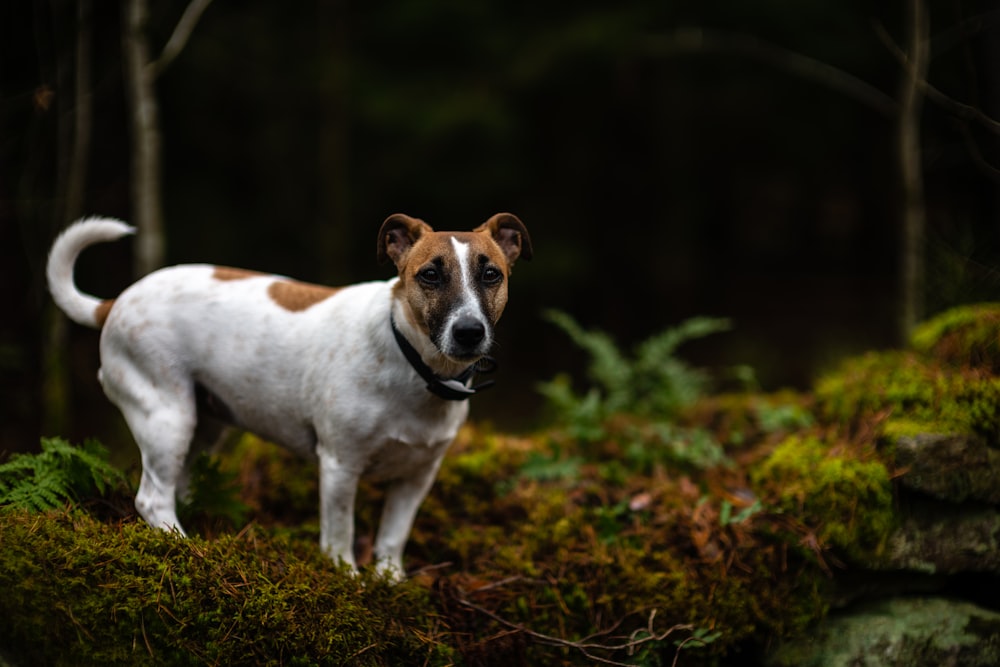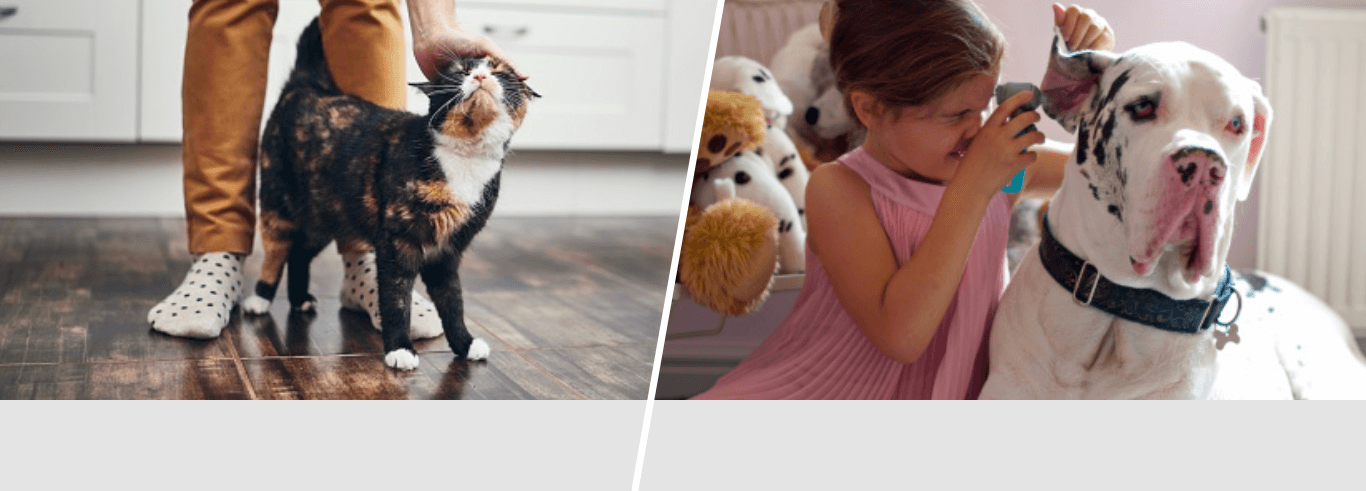Breed Review: Jack Russells
These four-legged balls of energy are most loved for their energy. They live for the hunt and love being lively and staying busy. Originally, the qualification standard for being a Jack Russell was quite broad but has narrowed down between the Parson Russell and the Jack Russell in 2003. This was done largely to differentiate the working types from the newly named show dogs, the Parson Russell Terriers.
Whether you own a cheeky Jack Russell or are looking at welcoming one into your home, we have put together everything you need to know about the much-loved breed.
Facts about Jack Russells
Content provided from Vetstream’s Vetlexicon
| Breed Name | Jack Russell (Canis lupus familiaris) |
|---|---|
| General Appearance | Small body, long nose, pointed ears that fold forward |
| Temperament | Lively, playful and fearless |
| Gait/Movement | Well co-ordinated movement with good ground coverage |
| Coat | Two types of coats: smooth and short, or rough with a slightly longer coat |
| Colour | Mostly white with either black, tan, or black and tan markings |
| Size | Height 26 cm – 33 cm weight 6 kg – 8 kg |
| Lifespan | 13 – 16 years |
Jack Russell History
The breed is named after Reverend John (Jack) Russell, a clergyman. Originating from the English hunting dog, the Jack Russell Terrier has relatively similar traits to the Fox Terrier, but the breed has seen several changes since the early 19th century. Bred to be working dogs, Jack Russells thrive on an active lifestyle and present the cleverness that made them the much-wanted hunting dog they were.
What should I feed my Jack Russell?
A Jack Russell’s diet requires easily digestible foods due to their high-energy temperament so it’s important to get food of high quality.
Look for protein-based dog foods with poultry, beef, or fish as the primary ingredient to ensure your pet is being nourished properly. Based on your pet’s weight (the average weight of a Jack Russell is between 6kg to 8kg), your vet can set an appropriate diet plan for your dog.

Grooming a Jack Russell
All Jack Russells have double coats with a coarse, dense texture underneath and longer hairs on top. However, there are two common types of coats on Jack Russells, either smooth or broken. Those with a broken coat have longer fur and their faces look like they’ve got eyebrows and a beard.
If your pet’s coat is longer than a broken coat, with zero curves or waves, your dog may have a rough coat – a less common variation.
Jack Russells only require monthly baths, but because of their double coat, they’ll need extra attention and more frequent care. Brush their coat one to two times a week to remove loose hairs. Jack Russells should also have their nails trimmed every fortnight to keep them healthy and less prone to injury.
Training a Jack Russell
You may find your pooch to be aloof to strangers, possessive, or easily jealous, but this can be curbed when trained properly. Luckily, because Jack Russells are so smart, they tend to excel with training exercises.
Keep your dog on the lead in areas that aren’t enclosed so they’re not too distracted to follow your commands. Due to the breed’s stubbornness and hunting nature, you’ll have to assert yourself as the ‘pack leader’ to succeed in your training efforts. Reward them with positive reinforcement such as a belly rub or a small treat to show them they’ve done well, this will encourage them to respond better to their training.

How much exercise do Jack Russells need?
Typically, these dogs require one to two hours of daily exercise. Because they’re so energetic, they also need a lot of room to roam around in.
Feeling confined may lead to destructive behaviour, such as chewing. Having a fenced-in garden is often best for this breed, but don’t leave them unattended or you might find your grass completely dug up.
Jack Russell Temperament
Jack Russells are energetic, as well as incredibly smart, which often results in sassy personalities that love showing off for attention. They love to work hard, and when raised as a puppy around children they can make a great addition to any family who shares their explorative nature and who are prepared to train them rigorously.
How long do Jack Russells live?
Typically, Jack Russell Terriers have a life expectancy of thirteen to sixteen years. However, there are some common health conditions linked to the breed.
What health problems are common with Jack Russells?
Content provided from Vetstream’s Vetlexicon
Atopy
Atopy is a tendency to develop an allergy. The most common allergens that can trigger a reaction are dust mites, pollen and mould. An allergy to the protein in food is also possible.
Atopy sufferers have regular ear and skin infections, runny noses, and itchy eyes. The dog will scratch, bite and lick to relieve the itch. Most allergies can be treated with anti-inflammatory medications, but in some cases, vaccines are needed. Regular grooming and medicated washes will also help.
Impacted anal glands
Impacted anal glands is when there is a build-up of fluid in the anal sac, which needs to be released. The anal sac becomes inflamed and infected. The cause is unknown but is often related to diet. Symptoms include redness, swelling and biting or licking near the anal glands. To treat the problem, the anal glands need emptying and flushing.
Luxating patella
Luxating patella is where the kneecap jumps out of the groove that it’s supposed to slide into. This causes the leg to lock up, making it painful and difficult to move. Sometimes the kneecap will jump back into the groove resolving the temporary problem. However, in some cases realignment surgery is needed.
Polydipsia
Polydipsia is excessive drinking or thirst. Causes can include prolonged exercise, a salty or dry diet, or drug-related side effects. Veterinary tests will need to be carried out to determine the cause. It’s possible to make changes to the dog’s lifestyle to resolve the problem. For example, a change in diet, reduced exercise and different medication.
Recently added a Jack Russell Terrier to the family? It’s important to protect yourself from unexpected vet bills with Argos Pet Insurance provided by Pinnacle Insurance Ltd. Explore our dog insurance policies that cover Jack Russells today.
 Sorry, our lines are now closed
Sorry, our lines are now closed



